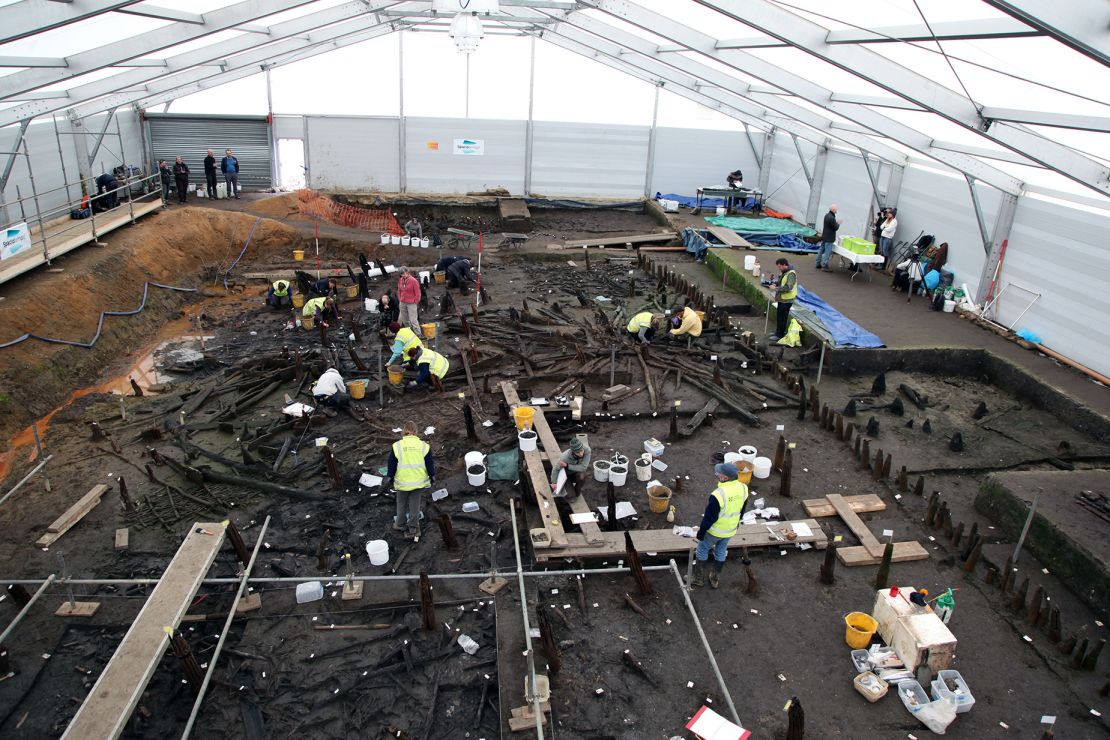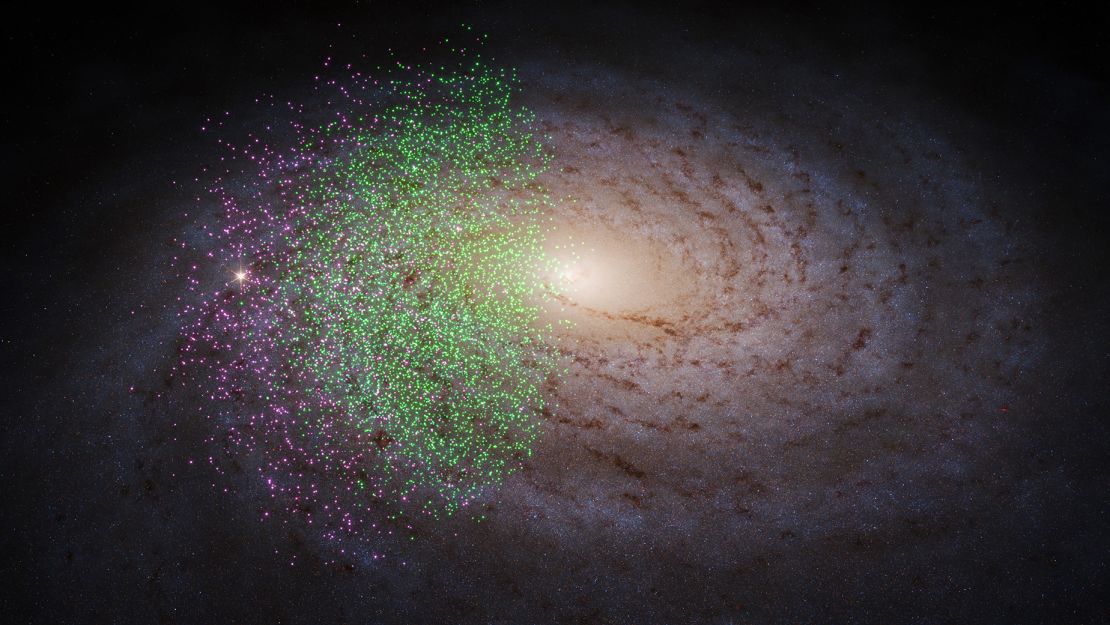Remains of ancient dinner still sit in Bronze Age village 2,850 years later
CNN carries an article about construction workers who recently unearthed a nearly 2,000-year-old statue, Caliber.Az reprints the article.
Every ancient object has a story to tell.
When researchers dust off an item during an excavation, a new window opens into the past. Each recovered piece is a little clue that often leads to a bigger enigma that begs to be solved.
For example, construction workers recently unearthed a nearly 2,000-year-old statue while building a parking lot in the United Kingdom. First, one of the crew found a marble head of a Roman lady, and two weeks later its bust surfaced nearby, reuniting the pieces.
But how did the statue, likely bought by the ninth Earl of Exeter in the 1700s for his country estate Burghley House, end up buried outside? Until additional evidence turns up, it’s a “complete mystery,” according to the estate.
These historical ties allow us to find common ground with humans who lived millennia ago. And sometimes, an entire place can be found frozen in time, upending the way we understand everyday life as it occurred centuries ago.
We are family

Must Farm was a thriving Bronze Age stilt village, perched above a river in eastern England, when it burned down 2,850 years ago — just nine months after its inhabitants had built it.
The site, acclaimed by experts as “Britain’s Pompeii,” preserved rare information that reveals a new, less hierarchical portrait of Bronze Age society. The excavation of Must Farm (above) took place in 2016.
Extensive research near Peterborough uncovered remarkably well-preserved slices of life, including a spoon abandoned in a half-eaten bowl of porridge, along with other artifacts such as wooden buckets and ceramics.
“One of those buckets … on the bottom of it were loads and loads of cut marks so we know that people living in that Bronze Age kitchen when they needed an impromptu chopping board, were just flipping that bucket upside down,” said Chris Wakefield, an archaeologist at the University of Cambridge.
Dig this
When paleontologists decided to take a closer look at a tiny, 270 million-year-old amphibian skull tucked away in a fossil collection, they made a bit of a rainbow connection to Kermit the Frog.
The fossil, with its wide eyes and a cartoonish grin, bore such a striking resemblance to Jim Henson’s beloved Muppets character that the newly identified species now has the name Kermitops gratus.
The slightly crushed skull sat unstudied in the Smithsonian National Museum of Natural History for 40 years before researchers examined it. And the specimen might help researchers solve an evolutionary puzzle about early amphibians that lived before the dinosaurs.
Across the universe

Astronomers have spied two streams of ancient stars that likely helped build the Milky Way galaxy billions of years ago.
The scientists discovered the stellar wonders using the European Space Agency’s Gaia space telescope, which enabled them to conduct a bit of “galactic archaeology” within the heart of our home galaxy.
Named Shakti and Shiva for Hindu deities, the streams were likely parts of other galaxies that merged with the Milky Way in its infancy between 12 billion and 13 billion years ago.
Speaking of stars, NASA expects a violent outburst called a nova to cause a “new star” to appear in the night sky anytime between now and September.
Force of nature
When a supervolcano erupted 74,000 years ago, it likely triggered climate change that could be felt by early humans in Africa.
Initially, researchers thought the eruption might have been severe enough to trigger a volcanic winter, which could have wiped out many of our ancient ancestors.
Microscopic fragments of volcanic glass found alongside stone tools and animal remains near Ethiopia’s Shinfa River showed how humans survived — and adapted — after the eruption.
Now, a new analysis has revealed that arid conditions caused by the cataclysmic event could have inspired a pivotal time when humanity migrated from Africa to live around the world.
Fantastic creatures

Giant pandas have distinctive patterns, but it turns out not all of them are black-and-white.
A rare handful of bears sporting brown-and-white fur inhabit a single mountain range in China.
With only 11 reported sightings of the creatures in Shaanxi province’s Qinling Mountains since a ranger first spotted one in 1985, researchers thought the unusual coloration was the result of inbreeding.
By studying pandas in the wild and in captivity, including a male brown panda named Qizai, researchers discovered that a recessive genetic trait — much like those for blue eyes or red hair in humans — is behind the brown fur.








